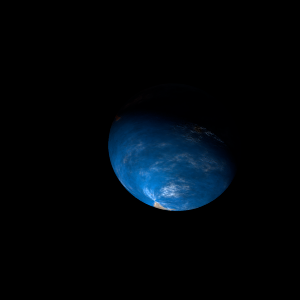|
|
Space Astro
|
Info for exoplanet "Chwangch Yang"
| Scientific (actual) data |
|---|
| Planet | Kepler-326 b |
| Planet status | Confirmed |
| Radius | 0.136 |
| Orbital period | 2.24833 |
| Semi major axis | 0.032 |
| Discovered | 2014 |
| Updated | 2021-02-05 |
| Tconj | 2454970 |
| Impact parameter | 0.88 |
| Publication | Announced on a website |
| Detection type | Primary Transit |
| Alternate names | 2MASS J19371813+4600081 b, K01835.02, KIC 9471268 b, KOI-1835 b, KOI-1835.02, WISE J193718.14+460007.9 b |
| Star name | Kepler-326 |
| Right ascension | 294.33° |
| Declination | 46° |
| Mag j | 12.229 |
| Mag h | 11.783 |
| Mag k | 11.673 |
| Star distance | 494.3 |
| Star metallicity | 0.133 |
| Star mass | 0.98 |
| Star radius | 0.8 |
| Star temperature | 5105 |
| Star alternate names | 2MASS J19371813+4600081, KIC 9471268, KOI-1835, WISE J193718.14+460007.9 |
| Wikipedia article | Kepler-326 b |
Back
| |
| Fictional info (?) |
|---|
| Suggested name | Chwangch Yang |
| Planet type | Hot planet |
| This hot planet is named after the deity Chwangch Yang, the spirit of war.
When viewed from Youxyue'zye, this proximity to Kepler-326 means the planet can only be seen near the western or eastern horizon during the early evening or early morning.
Chwangch Yang's surface appears partially scarred and is similar in appearance to the Moon's, indicating that it has been geologically inactive for billions of years. |
| Atmosphere | Carbon dioxide | 47% |
| Xenon | 30% |
| Hydrogen deuteride (HD) | 16% |
| Argon | 6.9% |
| Nitrogen | 0.19% |
| Sulfur dioxide | 0.00021% |
| Atmospheric pressure | 17 bar |
 |
| No known satellites |
| Google search for Chwangch yang |
|
Website by Joachim Michaelis
|
|
|
|